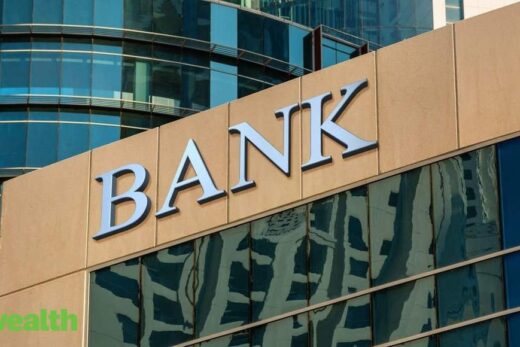The borrowings would include all segments from two-year to 40-year dated securities and some green shoe options, said Tarun Bajaj, economic affairs secretary, during a press conference on Wednesday.
The government had set its gross borrowing target for FY22 at Rs 12.5 lakh crore in the Union Budget 2021-22, presented by finance minister Nirmala Sitharamn earlier in February.
The borrowing calendar for the first half of FY22 was in line with previous years and aimed at taking advantage of the seasonally elevated liquidity during this period, according to Abheek Barua, chief economist at HDFC Bank.
India saw a record-high gross borrowing of Rs 13.71 lakh crore in FY21, Bajaj said.
The Centre had raised its initial FY21 borrowing target of Rs 7.8 lakh crore to Rs 12 lakh crore on account of the pandemic.
Later, an additional borrowing of Rs 1.1 lakh crore was announced to provide funds to the states due to the Goods and Services Tax compensation shortfall.
“The rated average borrowing cost is 5.79% (for FY21), which is the lowest since 2004-05, in the last 17 years,” Bajaj said.
When asked if there would be a rethink on the expenditure forecast for FY22 in light of the surge in Covid-19 cases and various lockdowns, Bajaj said the government was prepared for it.
“We are handling the Covid (crisis) in a different manner this time…Right now, there is no such concern on expenditure, but if it comes we are prepared for it and much better prepared for it than when we were taken by surprise last year in March,” he said.
In terms of expectations of hardening bond yields going forward, Bajaj was confident that the Reserve Bank of India would take appropriate market action to ensure that the yields remain within the reasonable limit.
The benchmark 10-year G-sec yield could harden to as much as 6.35% by the end of first quarter of FY22 given the large supply of dated government securities and state development loans expected in the coming months, said Aditi Nayar, principal economist at ICRA.



